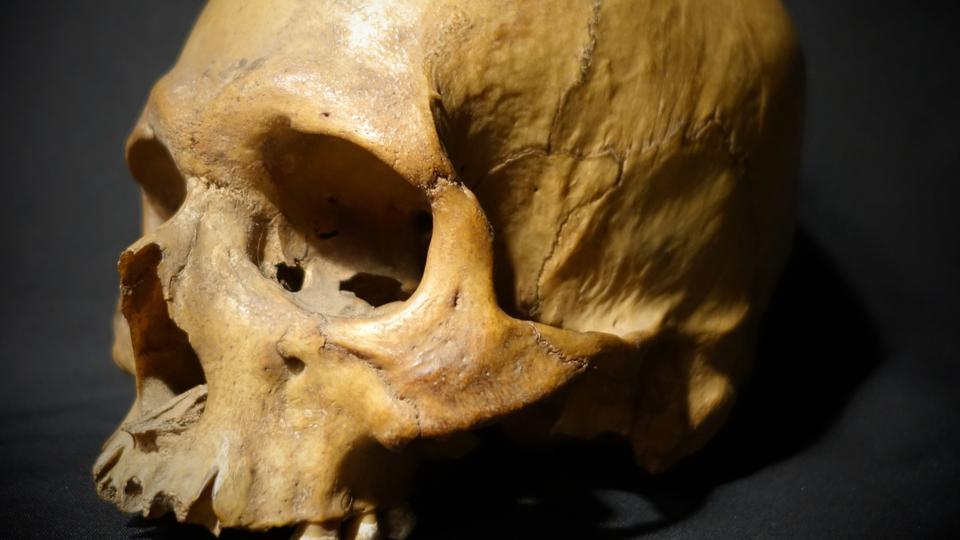London, Apr 15 : A British historian wants the skull of an Indian soldier who was among those executed after the revolt of 1857 against the East India Company to be repatriated to India and buried where he participated in his last battle.
Dr Kim Wagner, Senior Lecturer in British Imperial History at Queen Mary College in London, believes the time is right for Havildar Alum Bheg – a principle leader of the revolt, which the British characterise as a sepoy mutiny – to be buried in his country of birth.
His skull had been brought to England by Captain A R Costello, who was on duty when Alum Bheg was executed after the revolt in India. It was discovered years later in a pub in the eastern English coastal town of Walmer in Kent.
“His regiment was originally raised at Kanpur, but my suggestion would be for his skull to be buried near the Ravi River, at the border between India and Pakistan, where we know Alum Bheg participated in the Battle of Trimmu Ghat,” said Wagner, the author of ‘The Skull of Alum Bheg: The Life and Death of a Rebel of 1857’, which was released recently.
“I don’t perceive of the repatriation of Alum Bheg’s skull as a political PR exercise. My focus is simply on returning the remains of Alum Bheg to what was once his homeland so that he can be put to rest – 160 years after he died,” he adds.
The historian has triggered “tentative discussions” on the issue with diplomats in India and the UK, but acknowledges that these things take time and does not expect a resolution in the immediate future.
His journey to researching and writing the book on the 1857 revolt around the story of Bheg’s tragic killing began in 2014 when he was contacted by the family who had come into possession of the skull.
In 1963, the new owner of The Lord Clyde pub discovered the skull stowed away in a small storeroom. Inserted in the eye-socket was a handwritten note that briefly outlined the skull’s history. The note revealed that the skull belonged to an Indian soldier in the service of the East India Company named Alum Bheg, who was accused of murdering an entire family of Scottish missionaries.
He was captured and executed by being blown from a cannon. Capt. Costello, an Irish officer serving with the East India Company, brought it back to England as a kind of war trophy but how it eventually ended up in the pub in the coastal town of Deal remains unknown.
“My research revealed several surprising discoveries, not least of which was that Alum Bheg was most likely innocent of the crimes for which he was executed,” said Wagner.
“What happened to the skull of one sepoy offers a disturbing narrative of life and death in British India that speaks directly to contemporary debates about the legacies of the Empire as well as the darker side of conflict, past and present,” he said.
In a post-Brexit era of “swelling imperial nostalgia and revisionism”, the academic feels that given Bheg’s innocence, his remains deserve a final resting place in his homeland.
According to the note found inside his skull, Bheg was about 32 years of age, 5 feet 7 and a half inches high, belonged to the 46th Bengal Infantry Regiment and was “by no means an ill looking native”.
The British High Commission in New Delhi, the Royal Asiatic Society and some non-governmental organisations in India are now reportedly in talks to find a way of returning the “native” to his homeland.





